-
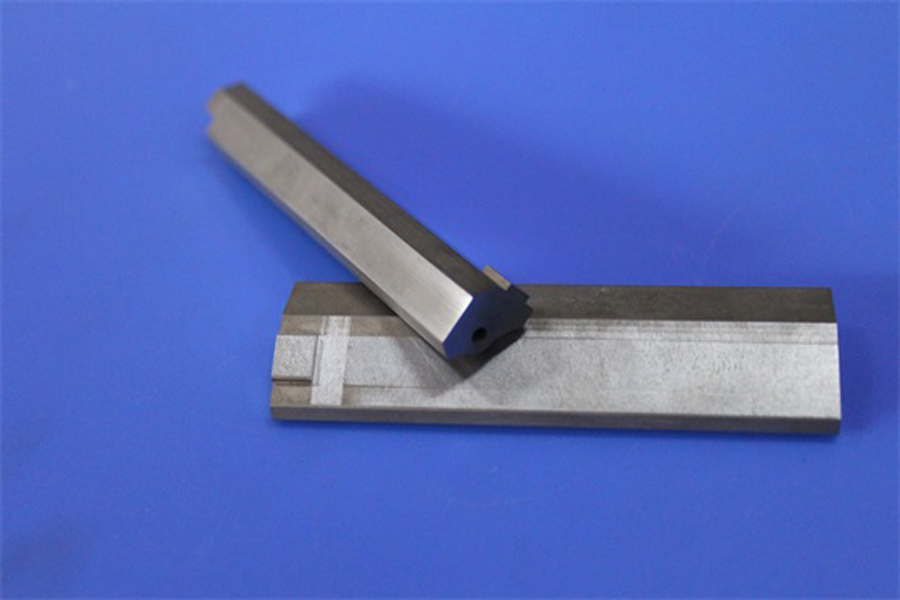
Effect of Titanium Casting Structure and Temperature
Influencing the performance of the mold is mainly the thermal conductivity, strength and yield of the mold and the stability to molten titanium. The use of high thermal conductivity, that is, large heat storage capacity, high strength, poor yield, such as machined graphite cast titanium and titanium alloy castings, usually have surface cracks. Surface cracks…
-
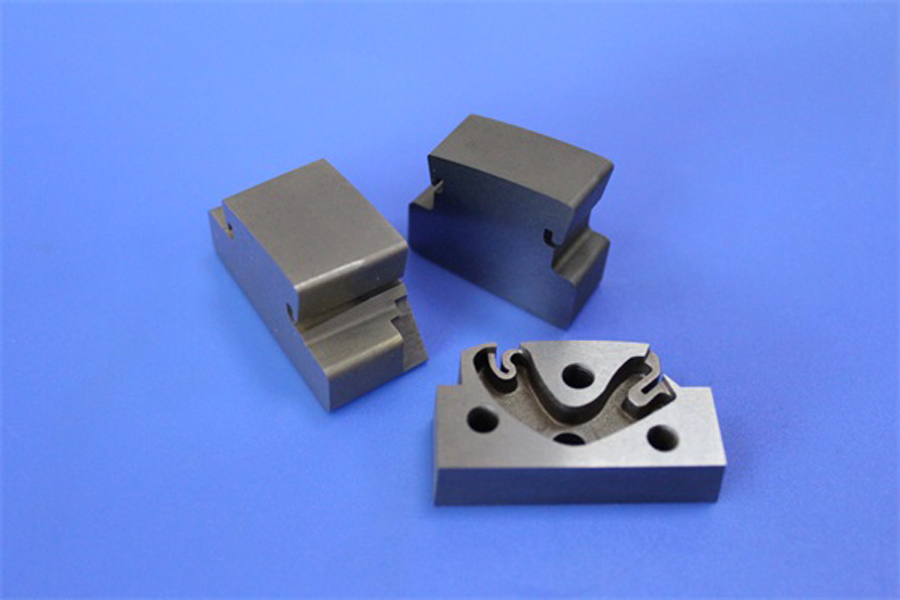
Points for Attention When Opening Die of Zinc Die Casting
Attention must be paid when opening die of zinc die casting Under the effect of injection pressure, the mold will crack at the weak place, especially the scratches or electrical machining marks on the molding surface of the mold are not polished, or the fine corners of the mold will show fine cracks prematurely. When…
-
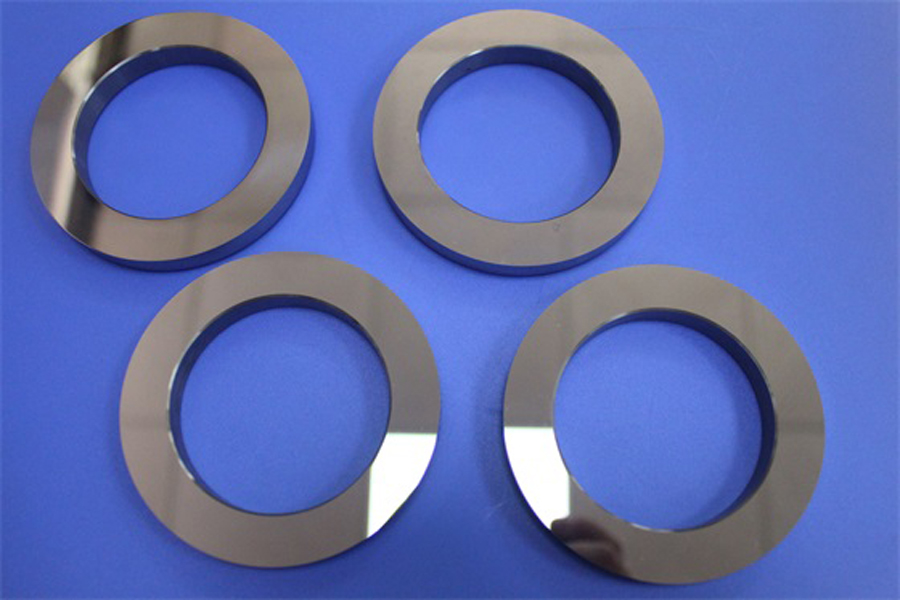
Advantages of Long-edge End Mills For Titanium Alloy Processing
The need for optimization of various processing procedures, especially when the processing of chips and difficult-to-machine materials is dominant, HPC technology, which can already be widely used on machine tools, is undoubtedly an extremely attractive choice. The increasing popularity of multitasking machine tools and the new generation of vertical lathes has already highlighted the benefits…
-

Summarize the Characteristics of Titanium and Titanium Alloy Casting
The metal molds used for the casting of titanium and titanium alloys are usually made of gray cast iron (HT150 or HT200), cast steel (ZG200-400), cast copper (pure copper or brass), and a very small amount of refractory metals (such as molybdenum). Except for refractory metals, the melting points of these materials are lower than…
-
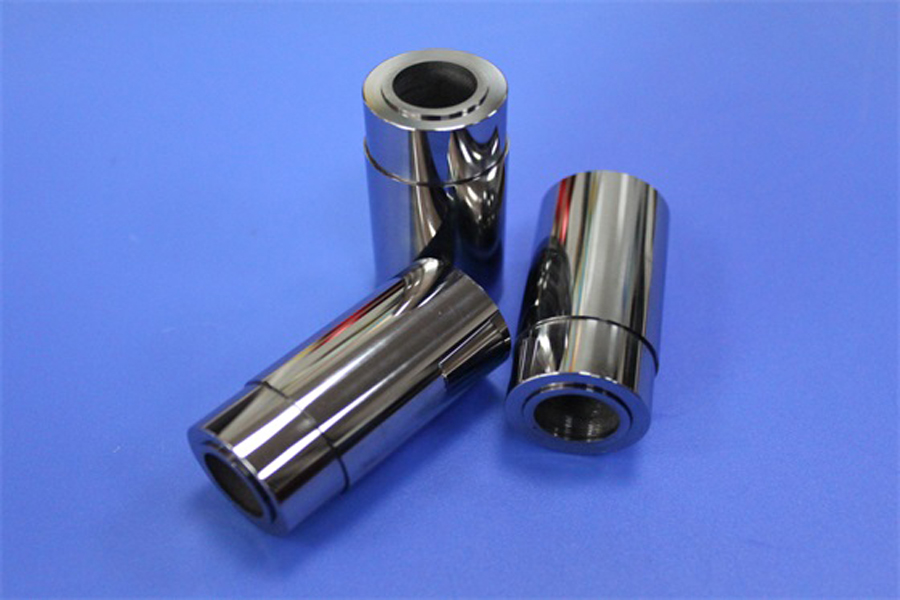
Technology For Removing Oxide Film Of titanium Alloy Rod
In industrial production, the degree of oxidation of titanium alloy rods may vary greatly. If the oxidation of the previous process is serious, if it is severely oxidized under high temperature conditions and becomes a scale, it must be sandblasted. After blasting the workpiece, it also needs to go through the following processes (alkali washing…
-

Correction Of Internal Defects Of Titanium Alloy Pipe Weld
The internal defects of titanium alloy pipe welds are not fully penetrated, which refers to a defect that the workpiece is not partially fused between the weld metal or the weld layer. Incomplete penetration weakens the working section of the weld, constitutes a severe stress concentration, and greatly reduces the strength of the joint. It…
-
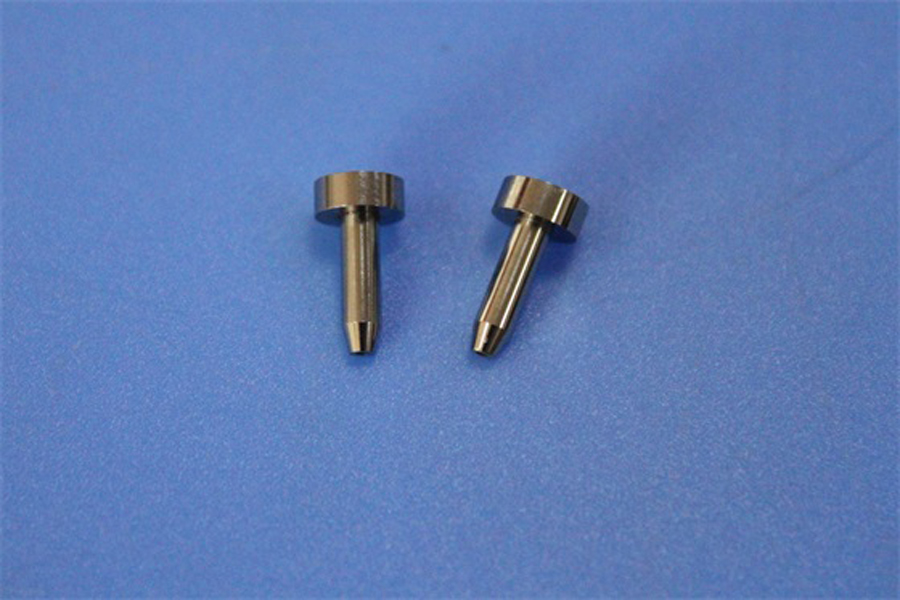
Surface Treatment Of Titanium Dioxide For Masterbatch
Through proper organic surface modification treatment, certain properties of titanium dioxide can be greatly improved.1 Chemical stabilityAfter high-temperature calcination and inorganic coating, the titanium dioxide has very good chemical stability and basically does not undergo chemical reaction with various components in the plastic system. However, some organic treatment agents may participate in chemical reactions. Therefore,…
-
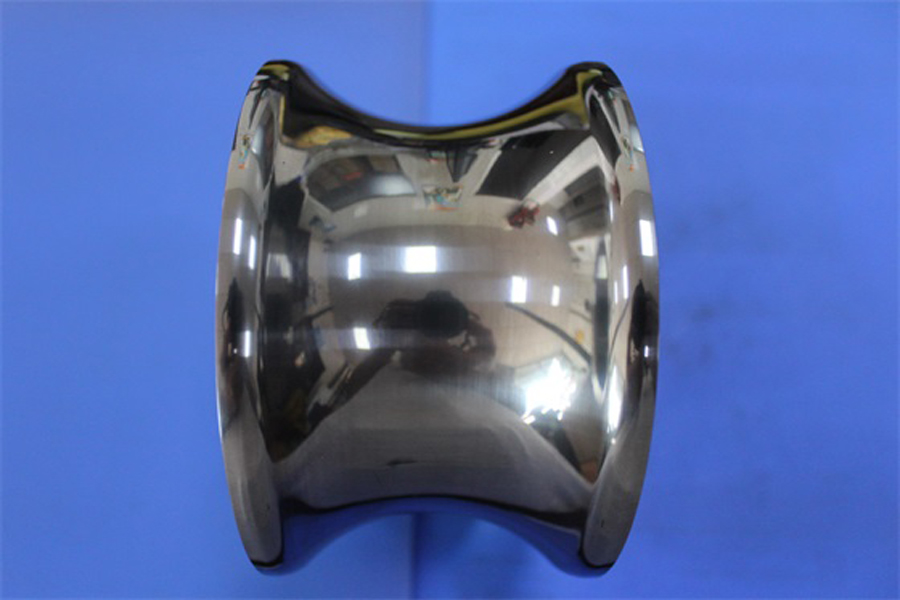
Carbon Steel Defects
During the smelting and rolling (forging) processing of carbon steel, the lack of steel is caused by equipment, process and operation. Mainly include scars, cracks, residual shrinkage, delamination, white spots, segregation, non-metallic inclusions, loose and banded tissues.During the smelting and rolling (forging) processing of carbon steel, the lack of steel is caused by equipment, process…
-
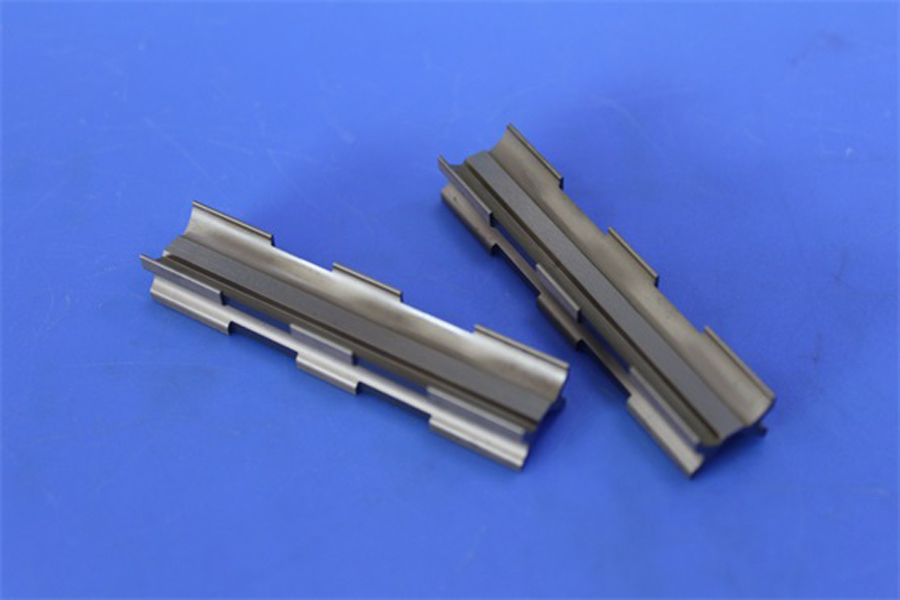
Aluminum Alloy Material Properties
Aluminum alloy has low density, but relatively high strength, close to or exceeds high-quality steel, good plasticity, can be processed into various profiles, has excellent electrical conductivity, thermal conductivity and corrosion resistance, and is widely used in industry.Aluminum alloy has low density, but relatively high strength, close to or exceeds high-quality steel, good plasticity, can…
-
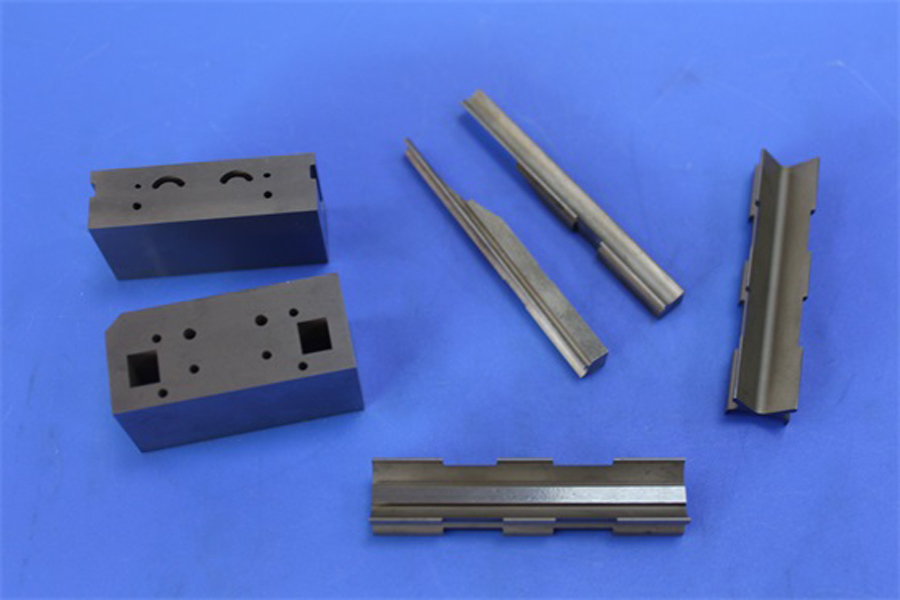
The Difference Between CNC Machining And Die-casting Of Aluminum Shell
The production of aluminum enclosures for electronic products usually requires looking for professional and regular aluminum enclosure manufacturers for processing and customization, because different brands and models of products have different requirements for aluminum enclosures, which are reflected in the shape, size and appearance treatment, and contact Those who have processed aluminum shells will know…
-
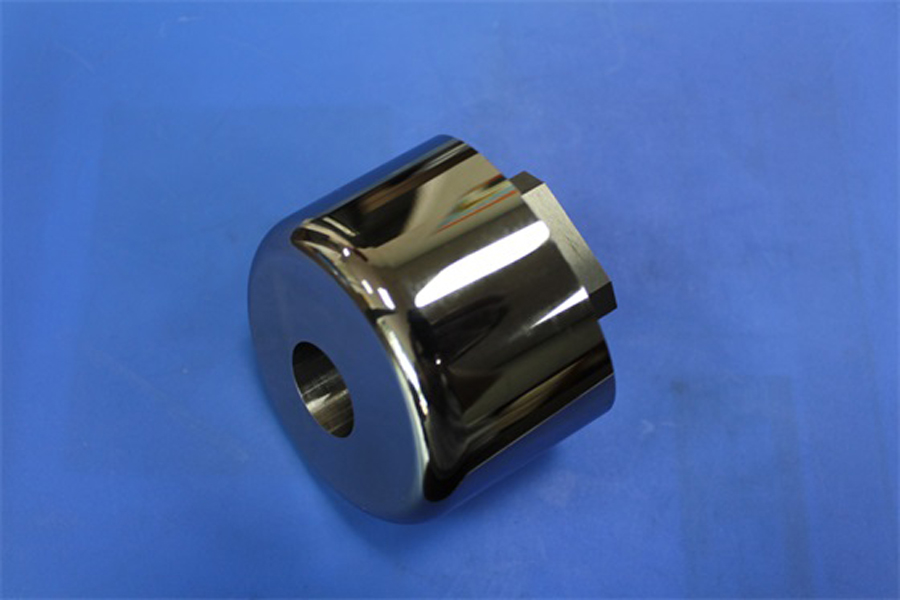
Three Major Components Of CNC Machine Tools
The basic components of CNC machine tools in China’s precision machining include processing program carriers, CNC devices, servo drives, machine tool bodies and other auxiliary devices.1. Processing program carrierWhen the CNC machine tool is working, there is no need for workers to directly operate the machine tool. To control the CNC machine tool, a machining program must…
-

Selection of Surface CNC Lathe Inner Hole Machining Method
There are many methods for machining the inner surface of CNC lathe machining parts. Commonly used are drilling, reaming, reaming, boring, turning, grinding, pulling, grinding, honing, rolling and so on.The applicable method of inner hole processing of CNC lathe machining parts:Reaming: Reaming is to use a reamer to further process the drilled holes to expand…

